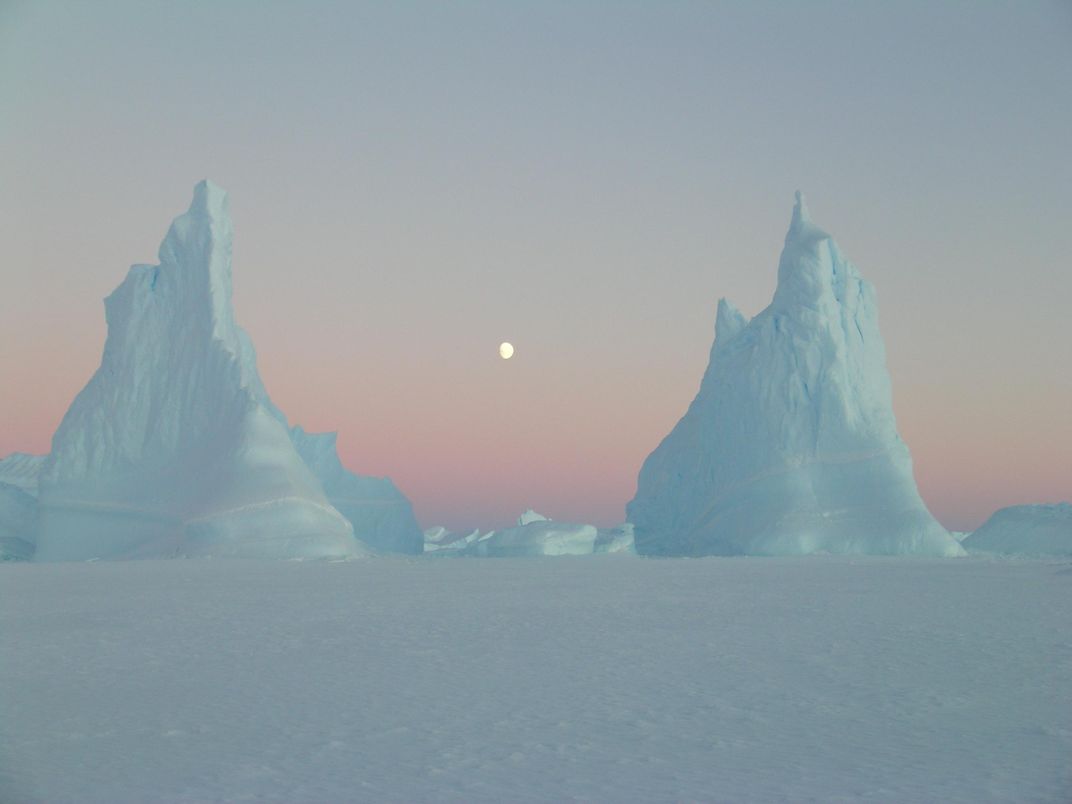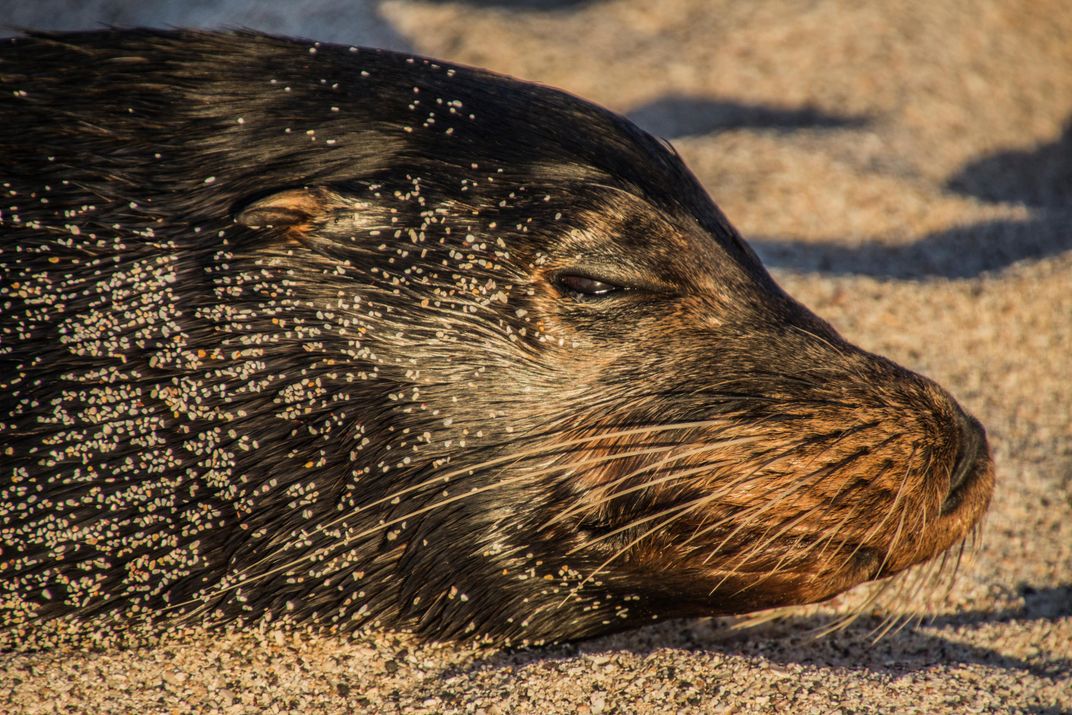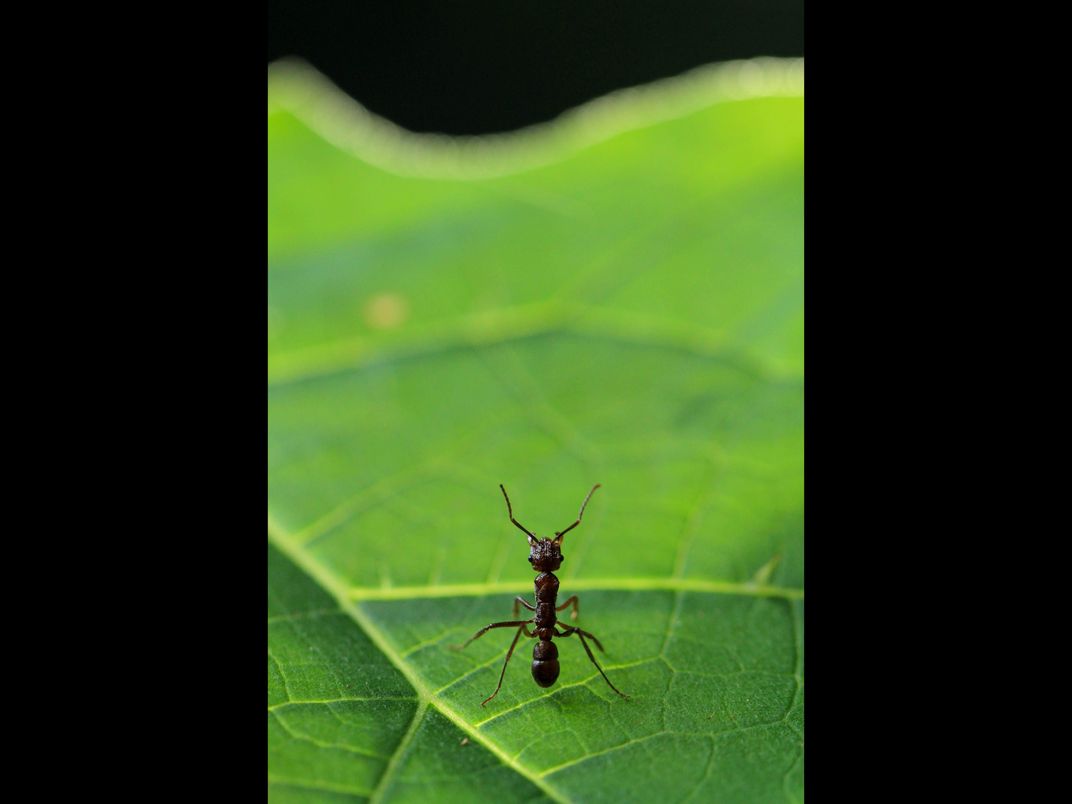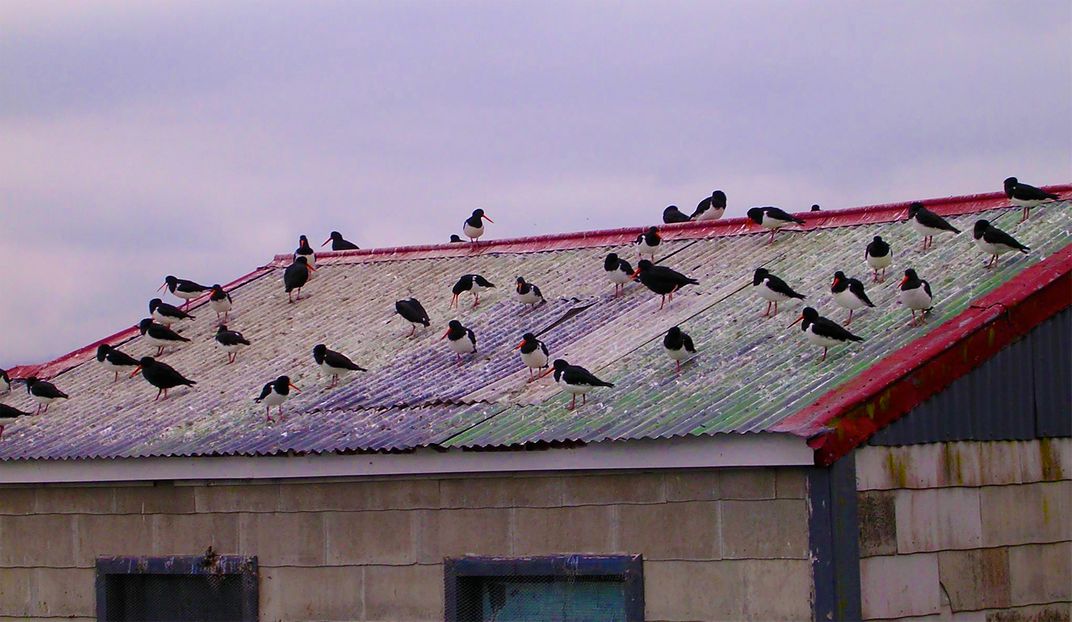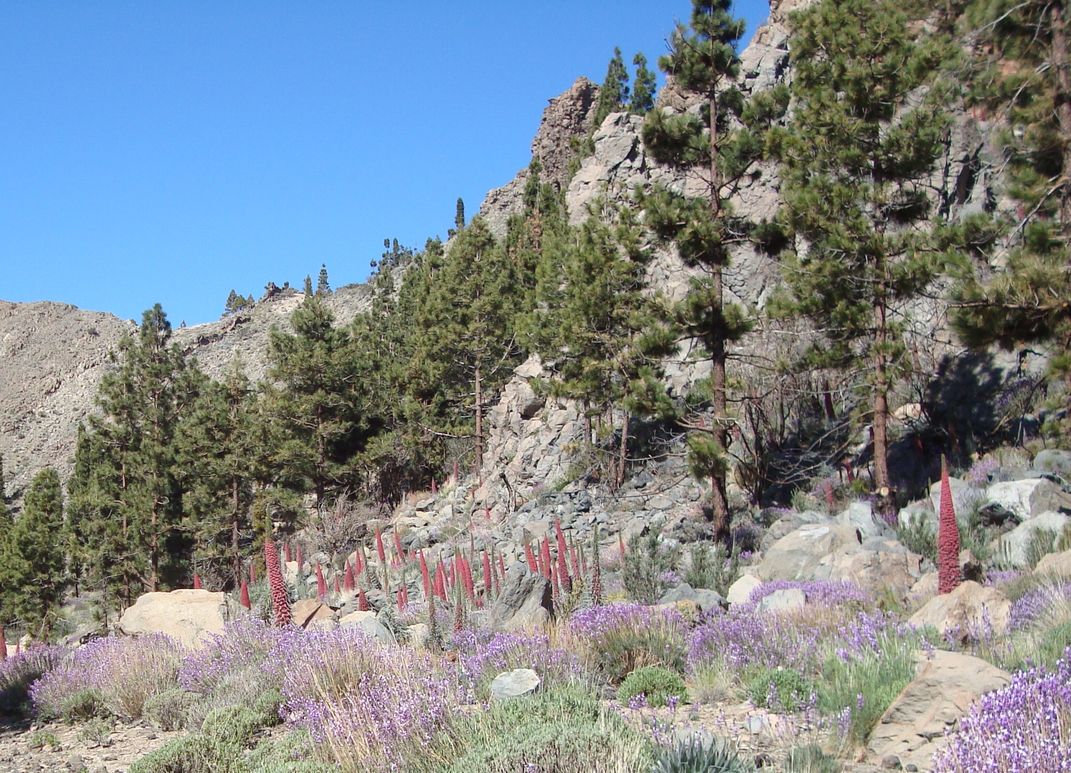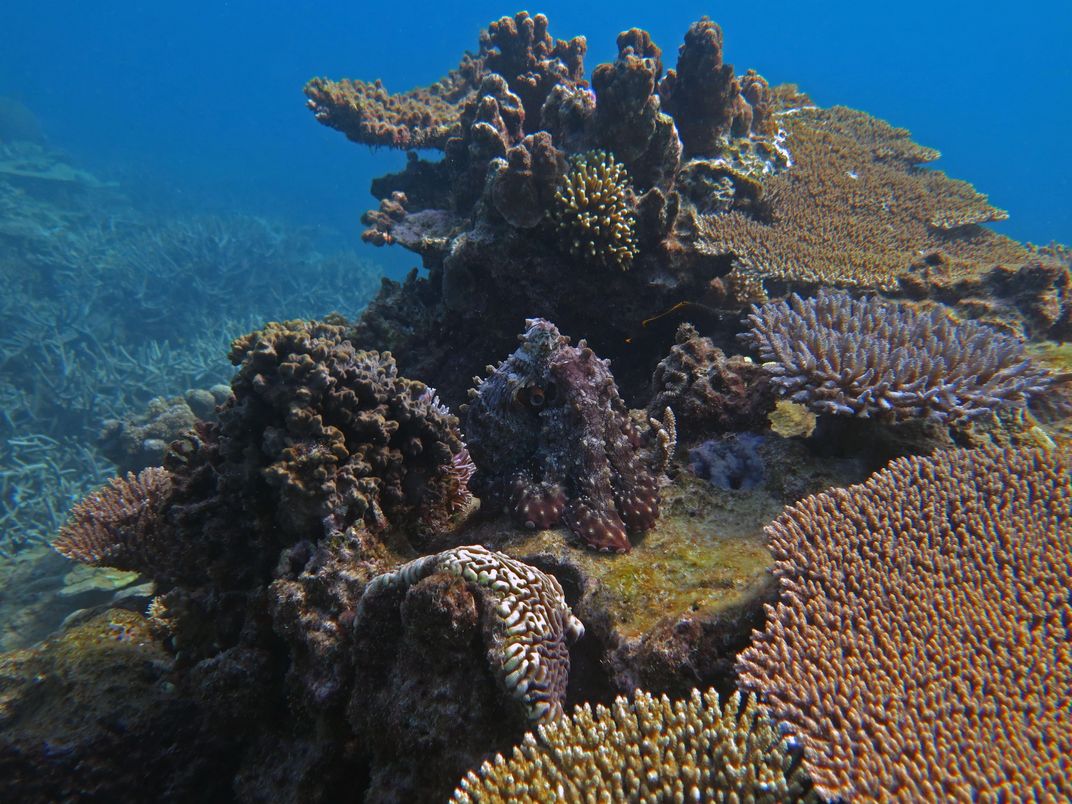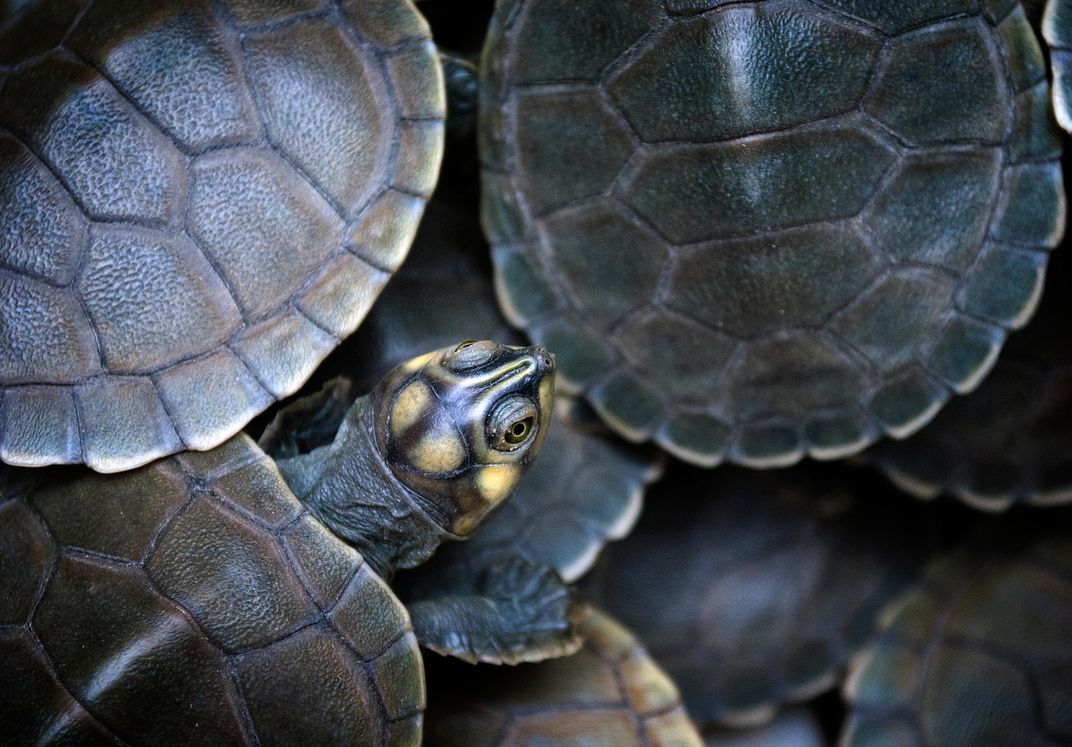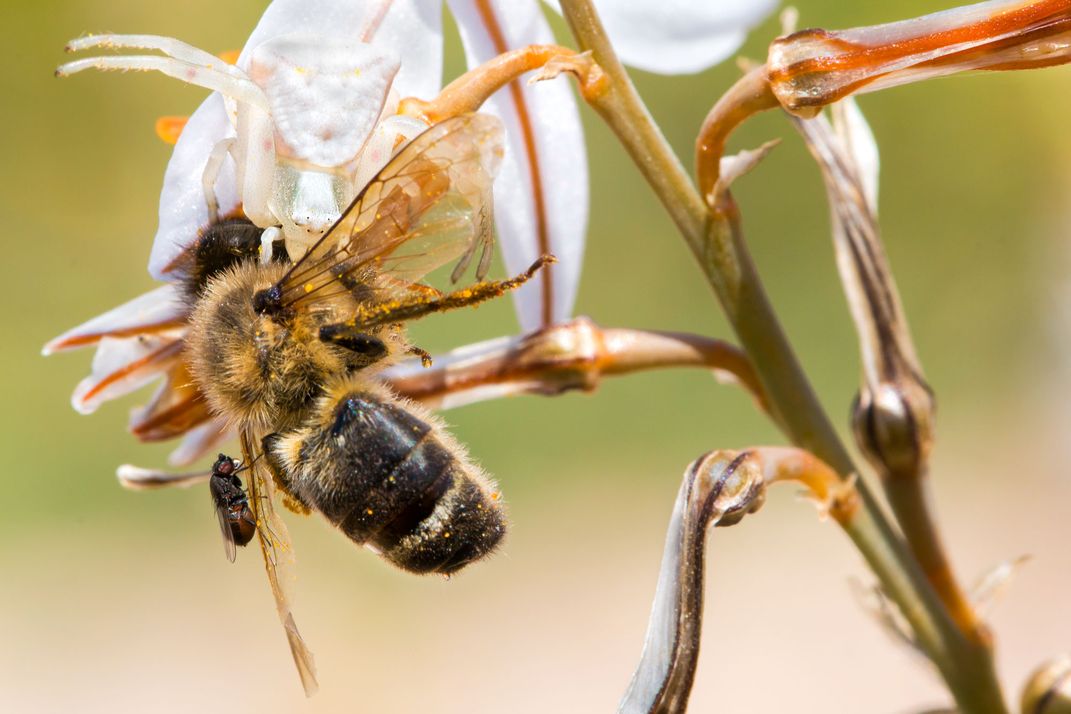Photo Competition Highlights Splendor of Earth’s Ecosystems
The winning and commended images of BMC Ecology’s fifth annual photo contest are now available online
A lone, tiny ant stands guard over a bright green leaf. A sleepy sea lion rests its head on the sandy coast of a Galapagos island. Two icy towers jut out from a flat Antarctic landscape, as the sun behind them dips into a pastel-colored sky. These arresting scenes—along with many others—were captured by entrants into BMC Ecology’s fifth annual photography contest, which seeks to highlight the diverse beauty of the natural world.
BMC Ecology, an open access journal, recently published an editorial showcasing the competition’s winners and honorable mentions. Chris Darimont, a conservation scientist at the University of Victoria, Canada, judged the overall contest, and the editors for each section of the journal selected their favorite images related to their areas of specialty.
“Having the input of such respected scientists as our judges ensures our winning images are picked as much for the scientific story behind them as for the technical quality and beauty of the images themselves,” the journal explains.
The photos were taken by “shutterbug-ecologists from across the world,” according to the editorial. The competition’s top prize went to Ana Carolina Lima, who captured a cluster of Giant South American Turtles in Brazil’s Cantão State Park. The yellow-flecked head of a single turtle is in frame, resting atop the ruffled shells of its companions.
“The Park is located in the Brazilian ‘Savanna’ or Cerrado, a biodiversity hotspot that is yet poorly known but is thought to be equally or even more biodiverse than the Amazon ecosystem,” Lima writes in a caption that accompanies the photos. “I was there as part of a research group working in the field to collect data on the status of reptiles and amphibians’ populations for conservation purposes.”
A photo by Roberto García-Roa of the University of Valencia bursts with wondrous activity. The image depicts a spider sitting atop a white plant and devouring an unfortunate bee, which is simultaneously being attacked by a parasitic fly—four different species interacting in one dramatic moment.
“This picture, by encapsulating a four-way species interaction, perfectly illustrates the complexity of species interactions by illustrating the dependence of species on each other, but also the fabulous power of evolution to optimize all the energy available in a food web and to generate aesthetic entities,” section editor Simon Blanchet said of the photo.
In other images, the action is more subtle. A photo by Michelle Achlatis of the University of Queensland in Australia, which won the “Editor’s Pick” category, appears to show a disconcertingly empty coral reef. But if you look closely, you’ll spot the wide eye of an octopus, which camouflages seamlessly into the surrounding reef.
Heron Reef, the area in which the photo was taken, was not affected by the back-to-back bleaching events that have devastated large portions of Australia’s Great Barrier Reef. But “how well-armed these reefs are against intensifying climate change and other anthropogenic pressures is questionable,” Achlatis writes in the photo’s caption.
The winner of the “Conservation Ecology and Biodiversity” category depicts another threatened species. Zhigang Jiang, a professor at the Institute of Zoology, Chinese Academy of Sciences, captured a photo of a male Tibetan antelope guiding its “harem” of female mates across a grassy plateau.
“Tibetan antelope are an endemic species to the Qinghai-Tibetan Plateau,” Jiang explains. “Its population once reached several millions on the alpine meadows in the heartland of the plateau. However, the population of Tibetan antelope dramatic decreased to 70–80 thousands after the mad poaching for its precious wools at the end of 20th century.”
The full selection of the competition’s winning and commended images can be seen on BMC’s Ecology’s website. Together, the photos offer a rare glimpse into Earth’s diverse ecosystems—and provide yet another reminder of what we stand to lose if we fail to protect our planet’s wildlife.
